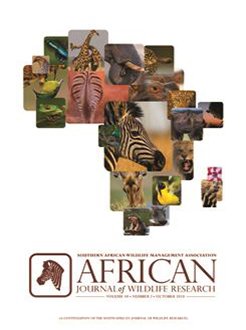Wildlife farming, or game ranching, collectively termed here as the wildlife sector, has changed over the past few decades in South Africa, leading to growth in conservation and green economy, but resulting in an increase in wildlife fencing and intensive wildlife management practices. To describe spatial changes in the wildlife sector, the fences, camps, and intensive farm portions of wildlife properties in southwest Limpopo, South Africa, were mapped using remote sensing data from 2007, 2012 and 2017. A ground-truth study in 2019 confirmed the accuracy of the remotely-sensed maps. The number of camps smaller than 100 ha significantly increased, especially very small camps <50 ha, from 2007 to 2017. Over the ten-year period, farm portions became proportionately more intensive. This intensification resulted in an increased number of intensive farm portions within protected areas, critical biodiversity areas, and ecological support areas. An increase in total length of fences and number of camps, and a decrease in the mean size of camps were subsequently observed. These changes coincided with the rise of intensive breeding in the wildlife industry market between 2012 and 2017, after which this part of the sector declined. The increase in fencing and intensive management practices in southwest Limpopo could have implications for biodiversity conservation and planning. The remotely-sensed maps may help ensure sustainable wildlife management practices by aiding conservation policy frameworks and monitoring infrastructure developments.
BioOne.org will be down briefly for maintenance on 12 February 2025 between 18:00-21:00 Pacific Time US. We apologize for any inconvenience.
How to translate text using browser tools
31 January 2024
Fenced in: Wildlife Fencing Intensification in Southwest Limpopo, South Africa
Cecilia Wagner,
Rheinhardt Scholtz,
Lizanne Nel,
Mark Keith
ACCESS THE FULL ARTICLE
fence
fragmentation
intensive management
Limpopo
remote sensing
wildlife breeding






